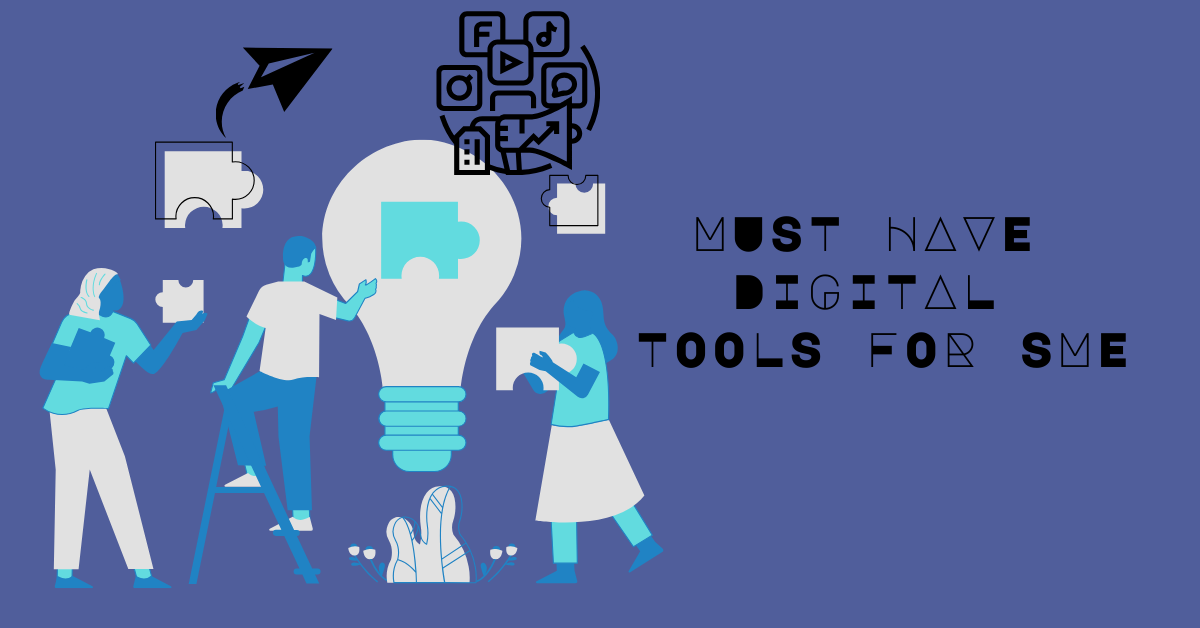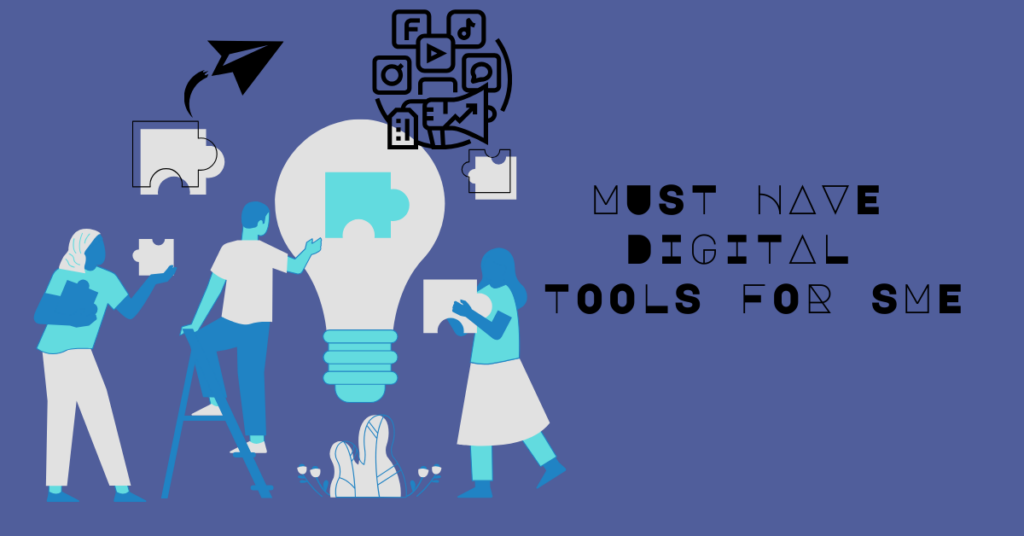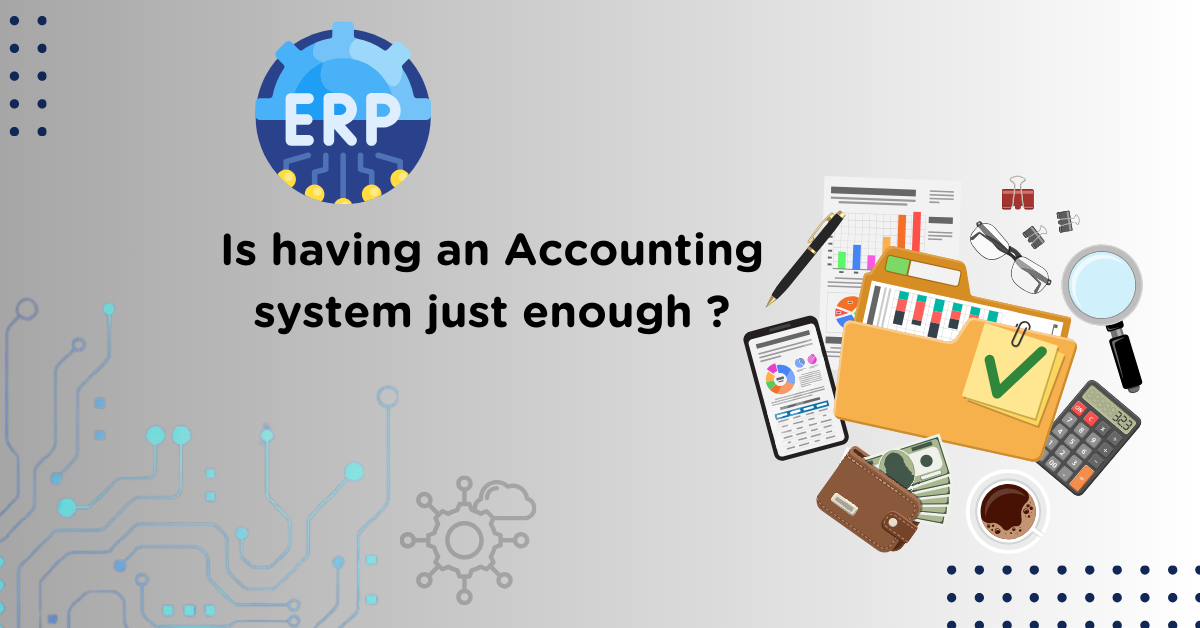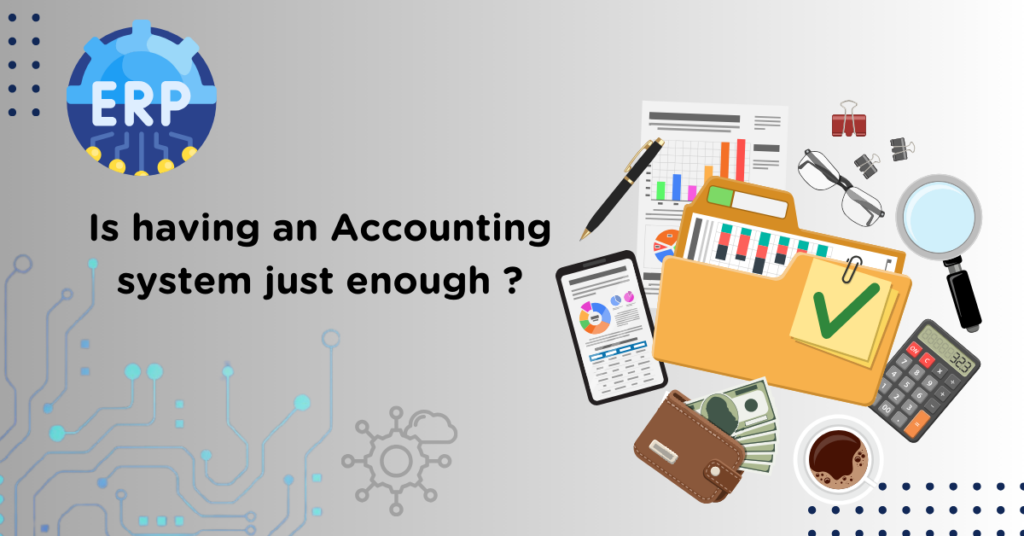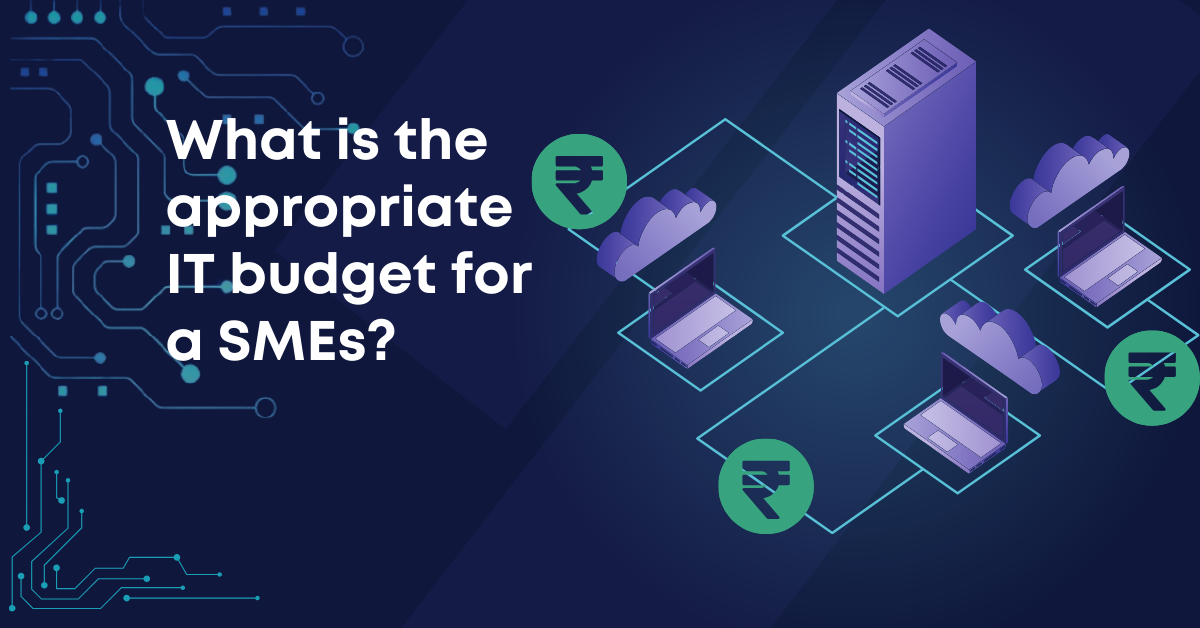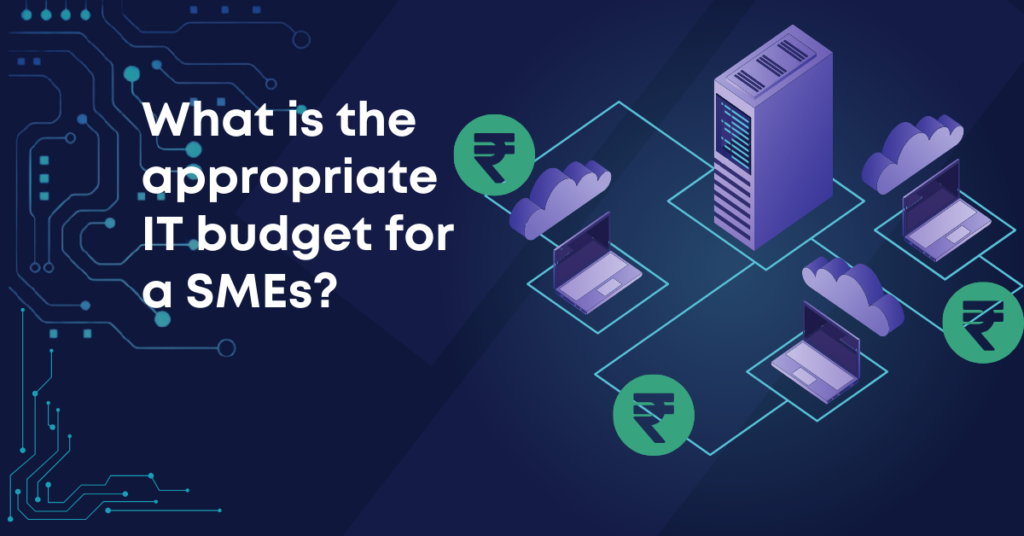
Unlocking New Frontiers: The Evolution of Resource Management Software
In the ever-evolving landscape of business operations, the significance of effective resource management has never been more pronounced. In 2024, we witnessed a notable shift in the paradigm of resource management software, marked by the convergence of cutting-edge technologies and strategic business practices. Organizations are keenly observing the infusion of artificial intelligence and machine learning into resource management software for consulting companies, recognizing that these advancements are not merely enhancing software functionality but also revolutionizing the precision with which resources are managed and allocated.
This year’s trends underscore a more agile and informed approach, where data-driven insights play a pivotal role in shaping strategic decisions concerning human and material resources. With the rapid advancement of enterprise resource planning (ERP) technologies, businesses are empowered to anticipate changes and tailor their strategies for optimal operational efficiency. The growing emphasis on strategic business management within resource management software signifies a shift from tactical scheduling to a holistic planning process that aligns an organization’s resources with its long-term objectives.
Key Insights into the Evolving Landscape
1. Optimization through Advanced Technologies: Resource management efforts are being optimized through the integration of advanced technologies.
2. Data-Driven Decision-Making: Data-driven insights are fostering strategic decision-making processes.
3. Focus on Strategic Planning: There is a notable shift towards strategic planning within resource management trends.
Evolving Dynamics in Enterprise Resource Planning (ERP)
In 2024, the realm of Enterprise Resource Planning (ERP) is undergoing significant transformations, driven by digital transformation and the emergence of new technologies. Companies are increasingly leveraging artificial intelligence (AI), cloud computing, and data analytics to facilitate efficient, data-driven decision-making processes.
Advancements in AI and ML
Artificial Intelligence and Machine Learning are spearheading the evolution of ERP software, enabling predictive analytics and automation. These technologies enhance forecasting accuracy and streamline decision-making processes, with generative AI revolutionizing ERP capabilities across various tasks.
Cloud and Mobile ERP Solutions
The shift towards cloud-based and mobile ERP solutions is democratizing access to ERP systems, making them more adaptable and flexible. Cloud ERP offers scalability and cost-effectiveness, facilitating remote access, while mobile ERP enhances user experience by providing real-time access to ERP systems from anywhere.
Integration and Customization
Integration and customization are imperative for modern ERP systems, enabling seamless connections between different software systems. Application Programming Interfaces (APIs) play a crucial role in facilitating these integrations, enhancing overall efficiency and data consistency across business functions.
Industry-Specific ERP Development
ERP vendors are increasingly offering industry-specific solutions tailored to the unique needs of different sectors. These specialized systems incorporate industry best practices and regulatory requirements, empowering companies to leverage ERP more effectively.
Data Analytics and Real-Time Information
Real-time data and analytics are becoming indispensable for informed decision-making. ERP trends are leaning towards integrating robust data analytics and business intelligence tools, transforming vast amounts of data into actionable insights.
Strategic Business Management
Strategic business management takes center stage in the dynamic realm of resource management software, directly influencing competitive advantage and business continuity through advanced resource optimization strategies.
Resource Optimization and Efficiency
Efficiency remains paramount in resource management strategies, with tools focused on optimization leveraging forecasting algorithms to ensure effective asset utilization. These tools integrate supply chain management and marketing automation, streamlining operations end-to-end.
Tackling Modern Challenges
Resource management software now plays a pivotal role in addressing contemporary business challenges, offering resilience-focused features to navigate disruptions and maintain business continuity.
Future-Proofing through Scalability
Scalability is essential for the future of ERP systems, ensuring long-term sustainability amidst evolving market demands.
Human Capital and Talent Management
Effective talent management tools within resource management systems support HR departments in attracting and retaining top talent and aligning individual career goals with organizational objectives.
Conclusion
In 2024, resource management software is undergoing strategic shifts and technological integrations, empowering organizations to optimize resource allocation and forecasting. The infusion of Artificial Intelligence and Machine Learning into ERP systems is driving decision-making and operational management to new heights. The trend towards mobile ERP solutions reflects a broader drive toward dynamic, intelligent, and accessible resource management tools, catering to the evolving needs of modern workplaces.
Originally posted on: https://thebossmagazine.com/latest-trends-resource-management-software-2024/

